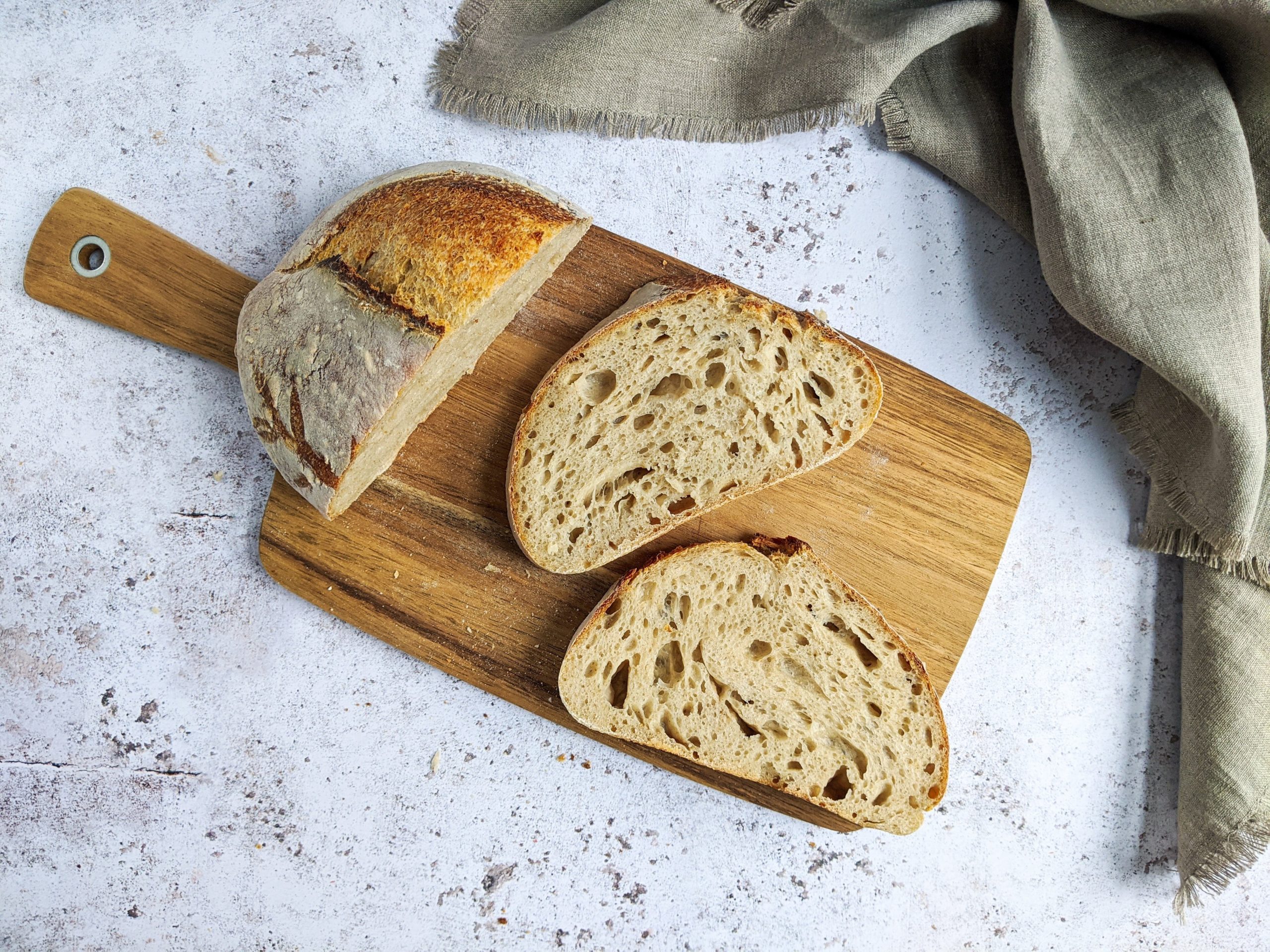
07 Feb A Guide To The Healthiest Breads
According to the National Association of British and Irish Flour Millers (NABIM), bread is bought by 99.8% of British households, with the equivalent of nearly 11 million loaves sold every day across the UK. It’s fair to say bread is a big part of our diets. But is bread actually good for us? And should you eat bread if you’re trying to lose weight? In this article, we explore the healthiest breads and those you’d be better off avoiding.
Trying to decide which foods you should eat more or less of when you’re trying to lose weight can be challenging. We are a team of qualified weight loss nutritionists, who can help you reach your desired weight and maintain it long term. Schedule your complimentary call today to find out more.
IS BREAD BAD FOR YOU?
Bread is not inherently good or bad for us. Not all bread is created equal. In fact, it can range from being a nutritious addition to your diet to a nutritional disaster depending on which one you pick. Some breads are highly processed, containing refined, starchy carbohydrates and numerous synthetic additives, and can spike blood sugar and lead to energy crashes. Others are minimally processed and nutrient dense and a source of dietary fibre. To help you make the healthiest choices, in this article we’ve ranked a few popular bread choices from worst to best in terms of their nutritional value. If you want to eat bread and still lose weight, choose the healthiest options and understand that moderation is key.
IS BREAD AN ULTRA PROCESSED FOOD?
Generally speaking, if a food is wrapped in plastic, contains a long list of ingredients and contains additives or preservatives, it can be labelled as ultra-processed. So yes, the majority of supermarket sliced loafs are UPFs. Increasingly, people are understanding the link between ultra-processed foods (UPFs) and negative health conditions. A recent study in China found that higher consumption of ultra-processed foods was associated with a higher risk of cardiovascular events, including cardiovascular disease morbidity and mortality, myocardial infarction, stroke, and coronary intervention. Another recent study found that higher intake of ultra-processed foods was associated with increased risk of cardiovascular disease and high blood pressure in middle-aged women in Australia. Read our guide to Ultra Processed Foods here.
CAN YOU EAT BREAD AND STILL LOSE WEIGHT?
Whether you can eat bread and still lose weight depends on a number of factors. These including the type of bread, how much of it you eat, and whether it suits your personal dietary needs.
Most breads are made from primarily starchy carbohydrates. As these carbs are an easily energy source, the body will typically prioritise burning these carbohydrates for energy, over burning stored body fat. Low carbohydrate diets can promote fat loss by depleting the body of its easy energy supply and encouraging it to turn to burning stored body fat instead. As a team of nutritionists, we don’t recommend regularly basing meals on starchy carbohydrates for health or weight loss. However, unless you’re especially sensitive to carbohydrates or are on a ketogenic diet, you should be able to eat a moderate amount of good quality bread and still lose weight. Just remember to eat it with a source of protein and healthy fats. This will slow the release of carbohydrates into the blood stream and avoid a blood sugar spike. For example: jam on white sliced loaf may lead to a big blood sugar spike, while nutrient-rich scrambled eggs on a high quality sourdough will provide slower-released energy.
With that in mind, let’s take a look at your healthiest bread options. Below we’ve ranked the worst to best breads on offer.
WHAT IS THE HEALTHIEST BREAD?
LEAST HEALTHY: WHITE SLICED LOAF
Pre-packaged white sliced bread is the worst of the worst in its category. Most nutrients found in the ingredients are stripped away (and then re-added) in the refining process. Once consumed white bread quickly breaks down into simple sugars and raises blood sugar levels. The result? A spike in energy followed by a dip. The longer shelf life of these kinds of bread is also down to added preservatives such as calcium propionate. This additive has been shown to have negative effects on health when consumed frequently.
BROWN SLICED LOAF
Many people believe that picking brown over white is a healthy option when it comes to big-brand sliced bread. Unfortunately, it’s only marginally better. A like for like brand comparison of wholemeal vs white sliced loaves shows there is more than double the dietary fibre in the brown option, but many of the undesirable additives are the same.
SOURDOUGH
Sourdough is one of the healthier formats of bread. The fermentation process of sourdough when compared to other forms of bread improves its nutritional value and makes it a more gut-friendly option. If traditional fermentation methods and whole wheat are used, sourdough has a reduced phytate level which results in a higher level of soluble magnesium. If you’re buying shop-bought versions rather than home baked or artisan bakery breads though, check the ingredients for additives.
RYE BREAD
Rye bread is made with whole grains, has a lower glycemic index, and is generally higher in fibre than other bread types. It provides higher levels of micronutrients such as B vitamins and antioxidants too. This more nutrient dense, slow releasing carb is likely to keep you fuller for longer, rather than leading to an energy spike and crash.
HEALTHIEST: HOMEMADE HEALTHY LOAF
Buying freshly-baked healthy rye or sourdough breads is a much better idea than opting for your classic supermarket sliced loaves. But if you want the ultimate healthy bread, your best bet is to make your own. We often recommend a recipe called the ‘Life Changing Loaf of Bread’. It uses nuts, seeds, oats and coconut oil for a really simple and delicious healthy loaf.
WORK WITH US
Can’t live without bread and struggling to lose weight? We’re here to help! We are a team of qualified nutritionists who specialise in weight loss. If you’re ready to overcome your weight challenges, achieve your goal weight and maintain it long term, we can help. You can use this link to book in for a complimentary call. This is an opportunity to talk through your challenges with a member of our team and decide together whether one of our Intelligent Weight Loss programmes is right for you. Or contact us to request a copy of our brochure and we will get back to you soon.
Sign up for our newsletter for the latest health, weight loss and wellbeing advice, direct to your inbox.

